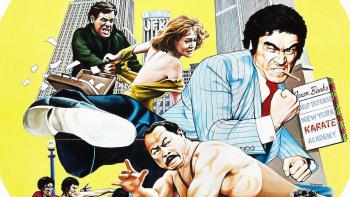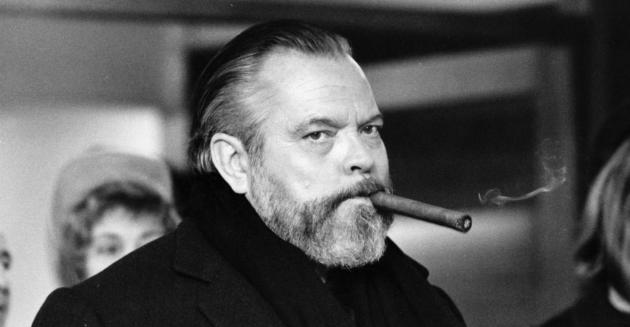Meshes of the Afternoon
(United States, 1943, Maya Deren, Alexander Hammid, 14 min.)
Unlocking Dreams: How 'Meshes of the Afternoon' (1943) Shattered Reality and Forged Avant-Garde Cinema!
In the bustling, often commercial landscape of Hollywood during the 1940s, a quiet, revolutionary tremor was emerging from the realm of independent filmmaking, destined to redefine the very language of cinema. At the forefront of this seismic shift stood Maya Deren, a visionary artist who, alongside Alexander Hammid, co-directed and starred in Meshes of the Afternoon (1943) – a groundbreaking short film that would become a cornerstone of American avant-garde and experimental cinema. Far from conventional narrative, this film was a direct plunge into the subconscious, a poetic exploration of dream logic, identity, and psychological states. Its innovative use of subjective camera, recurring motifs, and non-linear editing techniques broke free from traditional storytelling, proving that film could be a powerful tool for inner exploration and surrealist expression. Meshes of the Afternoon didn't just challenge cinematic norms; it utterly deconstructed them, profoundly influencing generations of filmmakers, artists, and even music video directors, cementing its place as an enduring, enigmatic cult classic.
The film plunges us into a disorienting, cyclical nightmare from its opening frames, following a woman (played by Maya Deren) as she walks up a path, enters a house, and becomes ensnared in a series of recurring, unsettling events. Key objects – a key, a knife, a flower, a telephone, a figure with a mirror for a face – appear and reappear, taking on heightened symbolic meaning within the film's dream logic. Deren's character finds herself repeatedly entering the same house, discovering the same objects, and observing multiple versions of herself, each engaged in a slightly different, yet eerily familiar, action. The atmosphere is one of profound isolation and escalating psychological tension, as the line between reality and hallucination completely dissolves. It’s a hypnotic, claustrophobic journey that invites the viewer to abandon linear thought and surrender to the emotional and symbolic currents of the unfolding mystery.
Maya Deren and Alexander Hammid's direction is a masterclass in experimental technique, leveraging innovative editing and camera work to create a truly immersive subjective experience. They employ slow motion, rapid jump cuts, and seamless transitions between repeated actions to disorient the viewer and mimic the fluid, illogical nature of dreams. The film's strength lies in its ability to evoke profound emotional and intellectual responses through purely visual means, bypassing conventional dialogue and exposition. This visual poetry transforms mundane objects into potent symbols of obsession, desire, and a fractured sense of self. Meshes of the Afternoon is a compact yet immensely rich cinematic text, a testament to the power of artistic vision achieved on a shoestring budget, proving that audacious creativity can leave a far more lasting impact than Hollywood spectacle.
As a truly seminal work, Meshes of the Afternoon continues to be studied, debated, and celebrated globally. Maya Deren not only co-directed and starred but also wrote and produced the film with Alexander Hammid (who was her husband at the time), making it a profoundly personal artistic statement. It was shot on a very low budget in their own house in Los Angeles. The film was originally silent, with music (often by Teiji Ito) added much later, but the powerful visuals stand entirely on their own. It remains a crucial text in discussions of feminist filmmaking, surrealism, and the exploration of identity crisis within cinema. Its influence on artists from David Lynch to music video directors is undeniable, cementing its legacy as an enduring, visionary landmark that forever changed how film could communicate the unspoken depths of the human mind.
Director: Maya Deren and Alexander Hammid.
Cast: Maya Deren as The Woman, Alexander Hammid as The Man.
Special Info/Trivia: The film was shot on a very tight budget in Maya Deren and Alexander Hammid's home in Los Angeles. It is considered a pioneering work of American avant-garde cinema and surrealist filmmaking. The film was originally silent, with a musical score often added later. It is a key text in discussions of feminist film theory and the exploration of identity and the subconscious.



